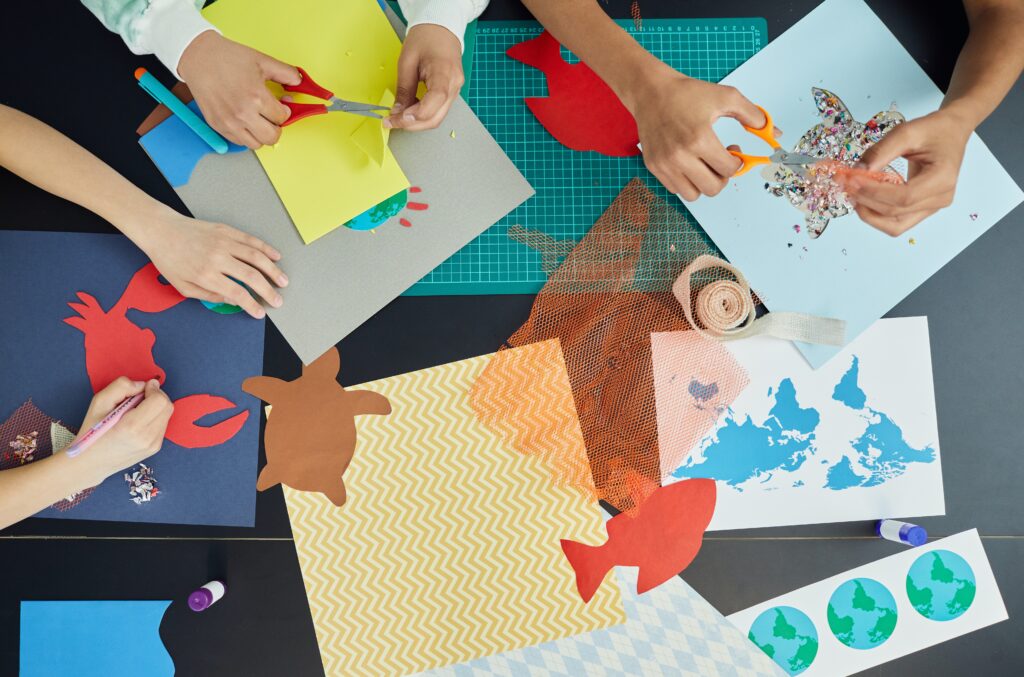Homeschooling and Project Based Learning
As homeschooling parents, we constantly seek innovative and effective ways to educate our children. One approach that has gained tremendous popularity in recent years is project-based learning (PBL). Unlike traditional rote memorization and worksheets, project-based learning empowers students to take charge of their education, promoting creativity, critical thinking, and problem-solving skills. In this blog post, we will explore the exciting world of project-based learning and discover how it can inspire creativity in your homeschoolers.
What is Project-Based Learning?
At its core, project-based learning is an immersive educational strategy where students explore real-world problems or topics through hands-on projects. Instead of focusing on isolated subjects, PBL encourages interdisciplinary learning, enabling students to connect various concepts and apply them in practical scenarios. The journey begins with an open-ended question or challenge that sparks curiosity and drives the entire project.

The Benefits of Project-Based Learning
- Engaged Learning: Students become active participants in the learning process by delving into topics that captivate their interest. This high level of engagement fosters a love for learning and enhances knowledge retention.
- Critical Thinking: PBL encourages students to analyze information, think critically, and devise solutions. They learn to ask thought-provoking questions and approach challenges with a problem-solving mindset.
- Real-World Application: Through projects, students encounter authentic situations, mirroring real-world scenarios. This practical experience equips them with skills that extend beyond textbooks.
- Collaboration: PBL often involves group work, promoting teamwork, communication, and social skills. Collaborating with peers allows students to share ideas and learn from one another.
- Personalized Learning: As homeschoolers, we understand the value of tailoring education to our children’s needs. PBL allows for flexibility, enabling students to pursue their passions and explore subjects of personal interest.
Inspiring Creativity Through PBL
- Choose Engaging Topics: Select topics that resonate with your child’s interests. Whether it’s space exploration, ancient civilizations, or environmental conservation, an interesting theme will ignite enthusiasm and creativity.
- Brainstorm Project Ideas: Encourage your child to brainstorm project ideas based on the chosen topic. Brainstorming sessions can lead to unique and exciting project directions.
- Encourage Research and Exploration: PBL is an opportunity for your child to become a mini-researcher. Guide them to explore various resources, such as books, documentaries, and online materials, to gather information and develop a deeper understanding of the subject.
- Hands-On Learning: Implement hands-on activities, experiments, and field trips to make the learning experience tangible and memorable. Whether it’s building a model, conducting scientific experiments, or exploring historical sites, hands-on learning fosters creativity and sparks curiosity.
- Showcase the Journey: Celebrate your child’s progress throughout the project. Create a visual display, journal, or presentation showcasing the research, planning, and discoveries they have made.
Embracing the Journey
Project-based learning is not just about the end product; it’s a transformative educational journey. Embrace the process, cherish the challenges, and celebrate the successes. As homeschooling parents, we have the privilege of witnessing our children’s growth firsthand. With project-based learning, we can inspire creativity, cultivate lifelong learners, and prepare our homeschoolers to thrive in an ever-changing world.
Need some inspiration? Here are a few resources I recommend:
So, let the adventure begin! Unleash the power of project-based learning in your homeschooling journey and watch your child’s creativity soar to new heights.
*This page contains affiliate links, and we earn a commission if you make a purchase through one of these links at no extra cost to you. Disclaimer.
